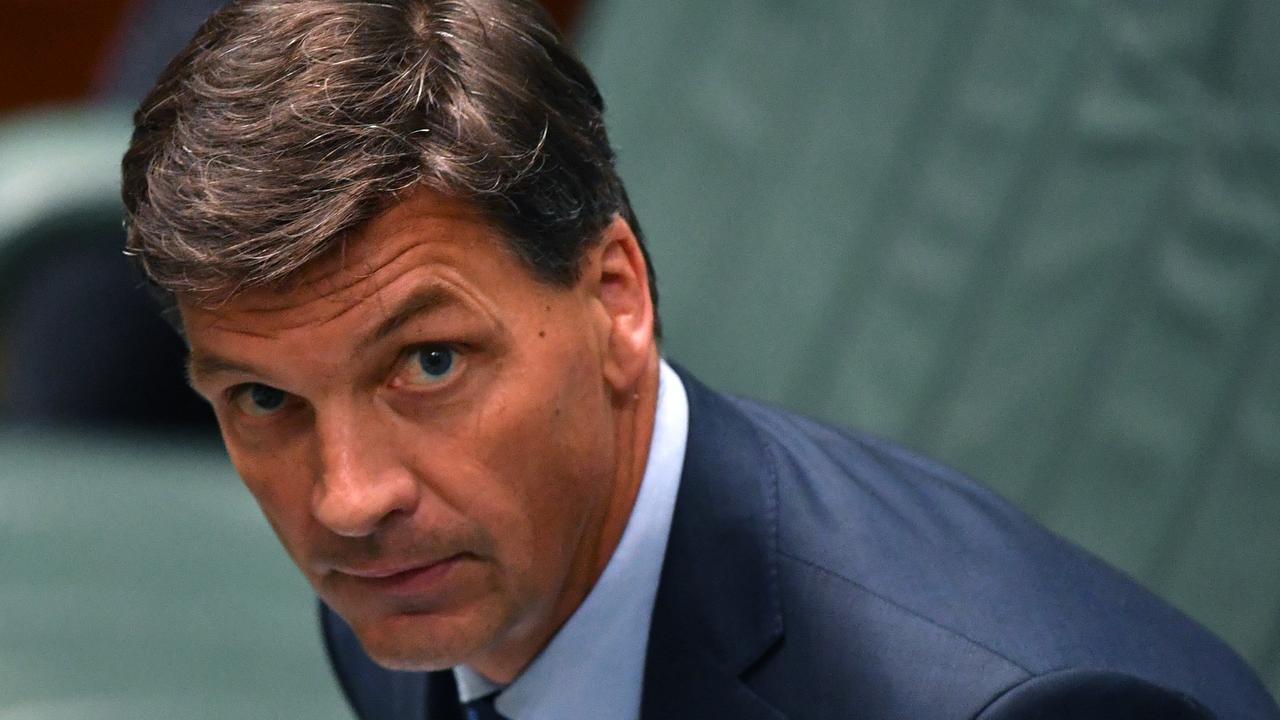Environmental blueprint aims to reduce impact of red tape on green projects
TONY Burke's back yard is now the whole continent, and he has plans for it.

BEFORE Tony Burke joined the Labor Party he was a member of the Wilderness Society.
He remembers studying iconic photographs of the Daintree rainforest in his bedroom as a young man and joining the 1980s campaign to stop former Queensland premier Joh Bjelke-Petersen pushing through roads to open up the area for development.
As federal Environment Minister, Burke says he has arrived at where he has always wanted to be.
But somewhere along the line, Burke says, Australia's environmental policy has lost its way.
He believes that so much attention is directed towards last-minute interventions to stop specific economic developments that the big picture has been lost.
Rather than highly technical debates about areas of representative biodiversity, Burke believes public support for environmental protection is rooted more in the celebration of the spectacular natural assets that make Australia unique.
This week, Burke put forward the first details of his plan to overhaul the way in which Australia's environmental assets are identified and protected. Burke's plan involves going back to first principles of what is worth saving.
It is anchored in the protection of significant environmental assets at each corner of the continent: Tasmania's old-growth forests, the Cape York wilderness, a heritage-listed west Kimberley and the offshore assets of the southwest and the Coral Sea.
Overlaying these foundations will be a planning and funding system to promote projects to build natural corridors to join them.
Burke says funding programs such as Landcare and the $1 billion Biodiversity Fund will be slanted towards delivering on the blueprint. The aim is to give certainty to industry on where it can consider development and provide a coherent environmental scheme to maximise resilience of natural systems.
The heart of Burke's reforms is the first significant overhaul of the Environment Protection and Biodiversity Conservation Act, which was passed in 1999.
The overhaul is designed to cut red tape and improve environmental impact assessments, and includes the setting up of a single national list of threatened species.
The plan does not suit everyone. The Humane Society, for instance, believes that environmental protection should involve more red tape for business, not less. It has expressed concern at plans to devolve the federal minister's approval powers to state governments.
The Wilderness Society is broadly supportive but says the government has missed an important opportunity for reform such as independence of assessment processes and strengthening national heritage protection.
But Burke says he is convinced his vision for Australia's environmental future reflects the nation's environmental ambitions.
"One of the things I think has happened in environment discussion throughout Australia is we have allowed the technical argument to almost overtake the reasons for this being an area of public policy in the first place," Burke says.
"This is an area of public policy because we are on a spectacular continent.
"We can't talk about environmental protection and the act being so powerful and so good based on what industry it stops.
"We have to talk about it being so powerful and so good based on what environment it protects."
Burke says all of the iconic environmental battles of the past such as the Franklin dam, the Daintree rainforest, Coronation Hill and Shelburne Bay were focused on protection of areas that were under threat.
He says this approach is costly for business and short-changes the environment.
To establish his blueprint, however, Burke still has to deliver the foundations of his master plan. The national heritage listing for Cape York is stalled, Tasmania's forest deal has yet to be finalised, the southwest marine plan has not been declared and the west Kimberley heritage listing could prove to be controversial indeed.
Burke will announce his decision on the Kimberley at the end of the month and is being lobbied hard by WA industry groups to further delay the decision.
"I have been able to make clear that I do intend to make a decision this month," Burke tells Inquirer.
"There will be a national heritage listing," he says.
"I'm happy to have any conversations with anyone including the WA government about what values they think are appropriate and what values they think need to be defined but I am not interested in having a conversation about whether or not there should be a national heritage listing."
Burke says he does not support the industrialisation of the Kimberley.
"I know the Premier [Colin Barnett] does. I don't, and the heritage listing does curtail that to some extent," he says.
"Certainly the public comment from the WA government is that they expect something very modest in the national heritage listing but that doesn't match where I think I'll land on this one."
On Tasmania, Burke hails the recently ended negotiations as "one of the most substantial advances in conservation in Australia".
"The most important thing about the Tassie agreement for industry is that we went down the path of long-term fix rather than a short-term one," he says.
The Wilderness Society has welcomed Burke's announcement this week that Cape York will be added to the World Heritage register by the end of this government's present term.
Burke still faces opposition to the proposed heritage listing in the cape but says he believes pausing negotiations was "a show of good faith" in the consultation process. There are similar tensions in the offshore bioregional mapping process but the government has frustrated opposition efforts to remove the powers of the environment minister to make a declaration. A declaration is expected over the southwest marine zone before the end of the year.
Burke says while the legislative template for protection of each area may be different, the objective is the same.
"I think the most important principle is that you can go to parts of them and you can see a landscape that is pretty much untouched," Burke says.
"You can go to the Styx and see trees that are the length of a football field straight up, you can walk around the girth of a tree that is just huge.
"The second principle that I do think matters is simply that it is uniquely Australian. Uluru is not an underrepresented bio-region," he says.
"The fact that it looks magnificent and powerful of itself matters and I don't think we should consider that argument too soft or wishy-washy, we should just own it."


